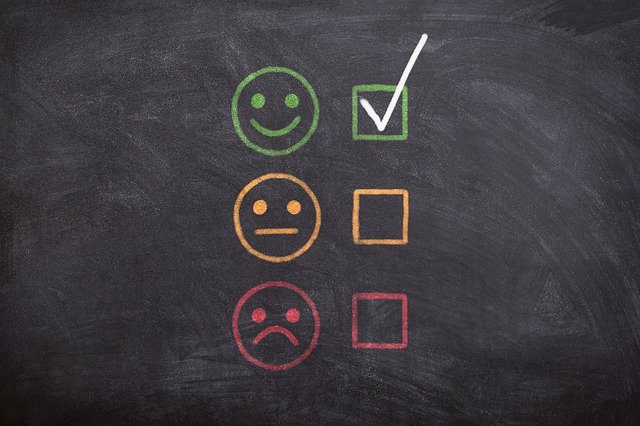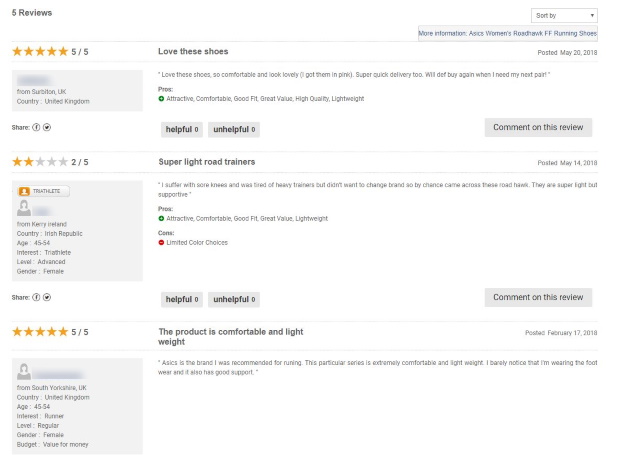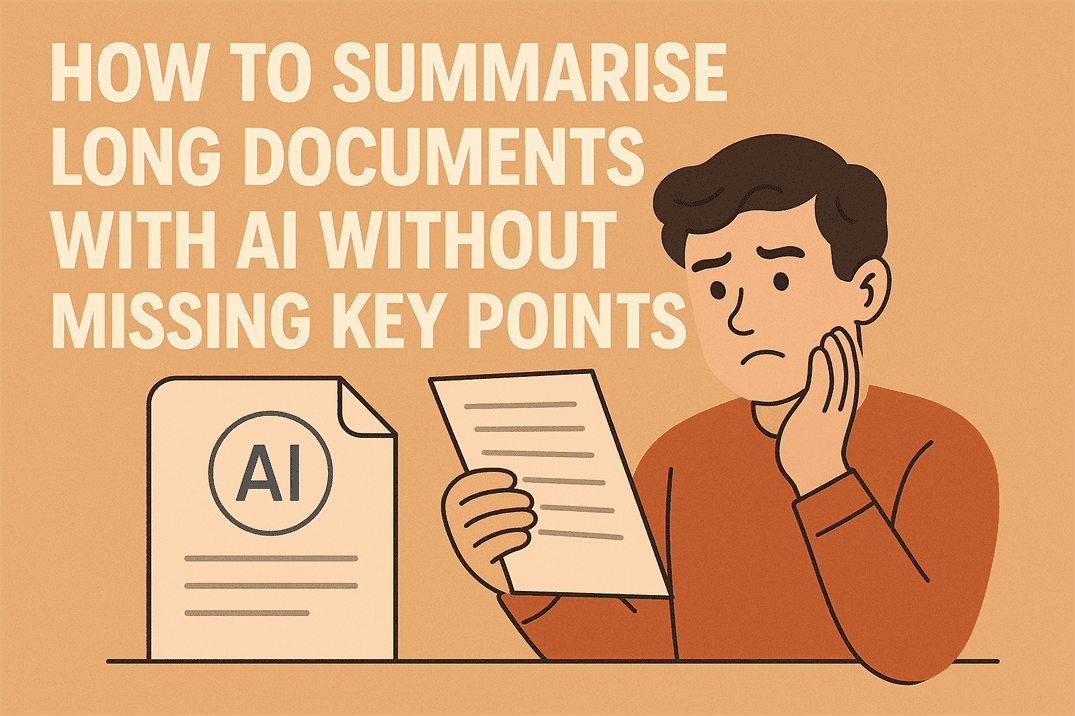How to spot fake reviews online

We use social proof for almost every buying decision we make online. Reviews have become an essential tool in decision making, giving them a lot of influence over our behaviour. That’s fine when reviews are real but there are so many fakes out there it is sometimes hard to tell. Or is it? How difficult is it to spot fake reviews online?
Reviews are everywhere and are more important than ever before for making buying decisions. We use them for buying everything from groceries to computers.
What’s the first thing you do when looking for a new product or provider? You read reviews. Whether that’s on the website itself or one of the independent review networks.
We all read reviews and we all value them for the insight they provide. Learning to spot the fakes will ensure we can continue to use reviews as they were originally designed.
Here are some simple ways to spot fake reviews online.
All of the signs of fake reviews listed below could also be the way someone writes. If you see just one sign, give the review the benefit of the doubt as we all write differently. If you see more than one sign, ignore the review and don’t let it influence you.
I and Me
If you read a review that seems to overuse I and Me a lot, this is a sure sign the review could be fake. This is a common way to spot fake reviews and has some science behind it. Cornell University used computer analysis to assess reviews and found those that used I and Me a lot were predominantly fakes.

Lack of detail
It’s hard to review something you haven’t seen so look out for a distinct lack of detail. A review that just says ‘The trainers are really comfortable’ may be genuine but it could also be written about any pair of trainers. The same for ‘the room was really clean’ in a hotel review.
While some reviewers are just lazy and don’t offer much detail, many fakes do the same. Genuine reviews will be more detailed, like ‘The trainers are very comfortable with great cushioning at the ball of the foot’ or ‘The hotel room was very clean. I especially liked the brand new sheets and view of the sea from the window’.
You get the idea.
Poor English and spelling
Given the state of the English education system, you have to take poor English, grammar and spelling with a pinch of salt. However, most readers can recognise when someone isn’t great at writing versus someone for whom English is a second or third language.
Nothing wrong with that on its own but if it appears with any of these other signs, be wary.
Reviewer has posted no other reviews
If reviews come from an individual with no previous reviews, view it with suspicion. It may be the first time the person as reviewed the product or service. It could also be an account created specifically to leave that review. If the person joined recently and immediately left a single review, be aware that it may be a fake.
No review profile
Some review platforms allow the creation of full profiles with profile images and a little background. Not everyone uses them but many who make a habit of reviewing do. If the review you’re checking out doesn’t have any detail, be wary of what it says.
It contradicts the majority of other reviews
If 99% of other reviews are positive and one is negative, that negative review could be fake. The reverse may also be true. It could also be a genuinely bad experience so don’t judge it in isolation.
Lots of reviews in a short amount of time
If you see a bunch of reviews all left within an hour of each other and then huge gaps between the grouping and other reviews, they could be fake. When you buy fake reviews, they will often be posted at once by a bot. Some review factories will release them over time so will be harder to detect this way but most will not.
Seeing a selection of glowing reviews all posted within an hour of each other with a three day gap between them and any others is something to view with suspicion.
‘Paid to review’
On some retailer reviews you may see ‘paid to review’ or ‘reviewer received item for free’. This is part of disclosure and while it doesn’t signify a fake review it is a sign of potential bias.
Retailers and manufacturers are not allowed to offer free products or payment in return for positive reviews. However, they don’t always play by the rules or will skirt around those rules by implying positive reviews will result in more free stuff.
If in doubt, use Fakespot or Reviewmeta
Fakespot and Reviewmeta are two websites that attempt to identify the fakes from the real reviews. Fakespot is a general review analysis website that uses machine learning to identify fakes. Reviewmeta does the same but for Amazon reviews. Both can be useful to identify fakes but as machine learning is not yet fool proof, will occasionally get it wrong.
Using reviews online
When reading reviews, try not to let a single review influence your decision. Look at a number of them and try to build a consensus from what you see. If the majority of reviews are positive and they look legit, you should be fine. If the majority are not positive and those look legit, you know what to do.
Reviews are designed to sidestep the marketing and give you the supposed real story about the product or service. They have a valuable role to play in buying decisions but need to be used with care. At least now you should have a good idea of what believe and what not to believe when shopping online!



